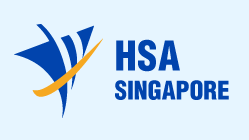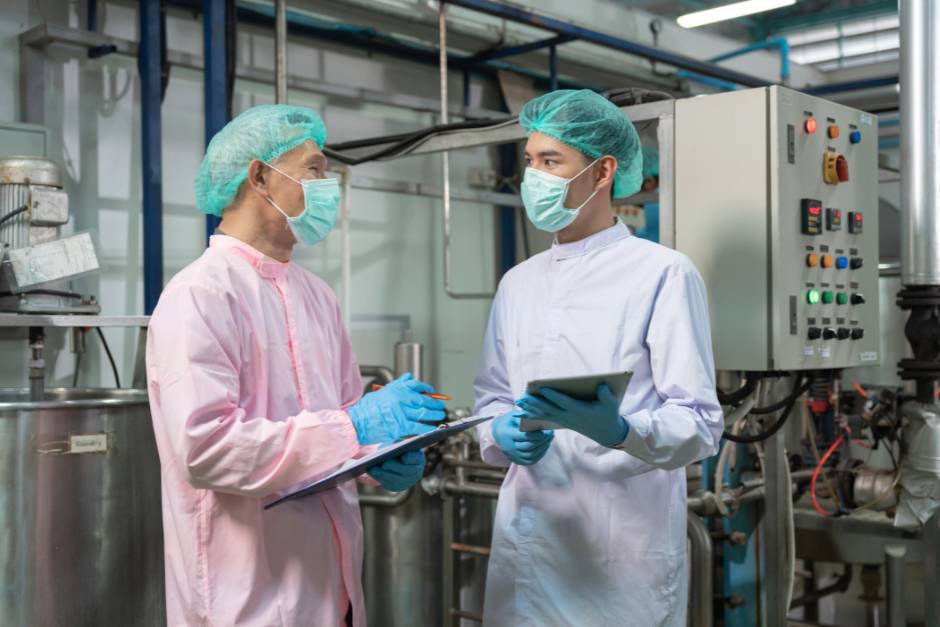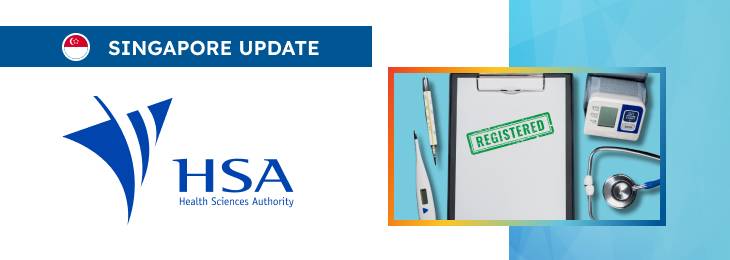The article provides a general overview of the critical points associated with the registration procedures for healthcare products intended to be marketed and used in Singapore.

Table of content
The Health Sciences Authority (HSA), Singapore’s regulatory agency in healthcare products, has published an updated guidance document dedicated to the registration of medical devices.
The document describes the applicable regulatory requirements in detail. Also, it provides additional clarifications and recommendations to be considered by medical device manufacturers and other parties involved to ensure compliance to it.
At the same time, provisions of the guidance are non-binding in their legal nature, nor they are intended to introduce new rules or impose new obligations.
The authority also reserves the right to change the guidance and recommendations provided therein, should such changes be reasonably necessary to reflect corresponding amendments to the underlying legislation.
Regulatory Background
First, the authority mentions that the Health Products Act and the Health Products (Medical Devices) Regulations 2010 require the obligatory registration of most medical devices before they enter the Singapore market.
This guidance document is intended to facilitate the registration procedure for applicants, ensuring they understand and comply with the regulatory requirements the products are subject to.
It also emphasizes the importance of familiarizing with other relevant guidances such as GN-12 through GN-18 and GN-34 to streamline the application process and avoid delays or re-submissions due to incomplete or inaccurately classified applications.
To assist the parties involved with interpreting the relevant regulatory provisions, the document also provides definitions of the most essential terms and concepts used in the context of medical device product registration, including, among other things, the following ones: applicant, import, export, intended use, label, manufacture, medical device, and several others.
These definitions are intended to assist applicants in understanding their responsibilities and the criteria their products must meet, even though they should not be interpreted in a legal context.

Registration and Compliance
As further explained by the authority, applicants must register their medical devices with the HSA unless exempted by the Regulations.
The guidance emphasizes that registration itself does not suffice; compliance with other Singapore laws related to healthcare and product safety, such as the Private Hospitals and Medical Clinics Act and the Radiation Protection Act, is also required.
This comprehensive approach ensures that medical devices meet all regulatory and safety standards before reaching consumers.
Risk Classification of Medical Devices
The document also details the classification of medical devices into four risk categories (A to D) based on various factors including intended use, user interaction, and technology.
This classification influences the review process and requirements for registration. The guidance provides examples for each class, from low-risk devices like wheelchairs to high-risk devices like implantable defibrillators, emphasizing the diversity of medical devices and the necessity of appropriate risk management strategies.
In Vitro Diagnostic Medical Devices (IVD)
For in vitro diagnostic medical devices, the guidance presents a separate risk classification system, acknowledging the distinct nature and usage of these products. It classifies IVD devices into four categories based on the individual and public health risks they pose.
Examples range from low-risk devices, like specimen collection tubes, to high-risk devices, such as HIV screening kits. This classification helps determine the regulatory approach addressing the specific risks associated with IVD devices.
Conclusion
In summary, the present guidance document on the registration of medical devices in Singapore provides a thorough overview of the requirements and procedures to be followed by the parties involved in the supply of medical devices to ensure compliance with the Health Products Act and its Regulations. It emphasizes the importance of understanding the risk classifications and adhering to the registration process and broader legal requirements for medical devices.
How Can RegDesk Help?
RegDesk is a holistic Regulatory Information Management System that provides medical device and pharma companies with regulatory intelligence for over 120 markets worldwide. It can help you prepare and publish global applications, manage standards, run change assessments, and obtain real-time alerts on regulatory changes through a centralized platform. Our clients also have access to our network of over 4000 compliance experts worldwide to obtain verification on critical questions. Global expansion has never been this simple.

